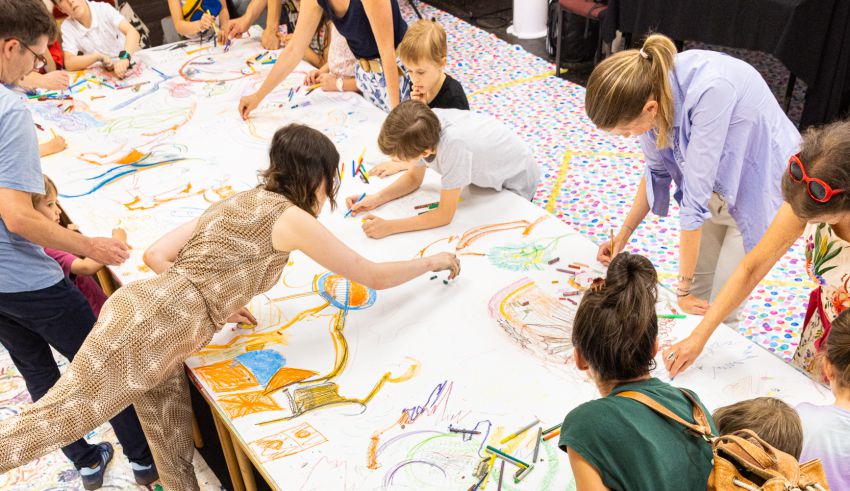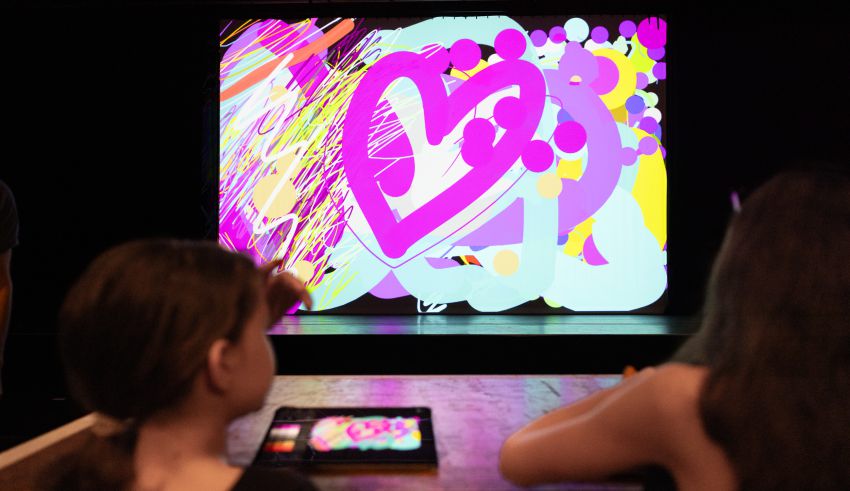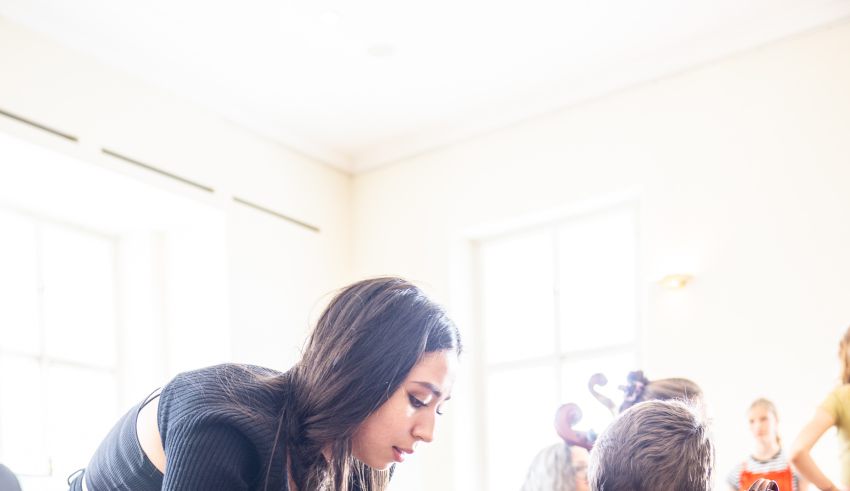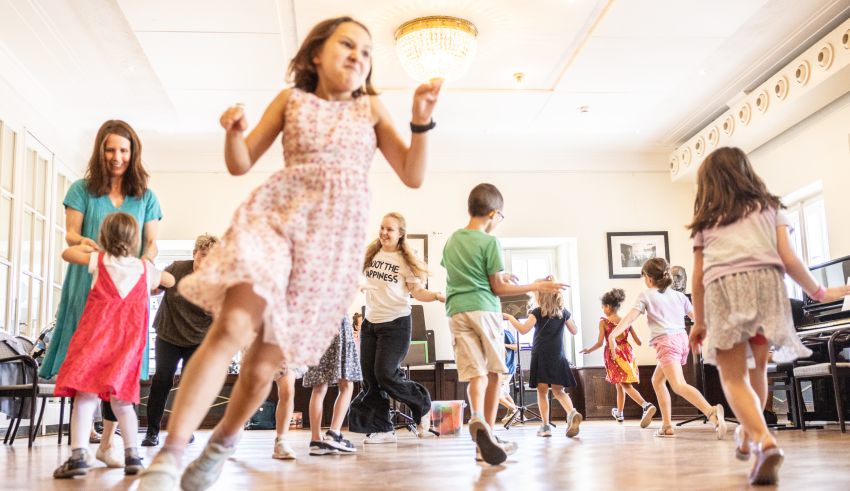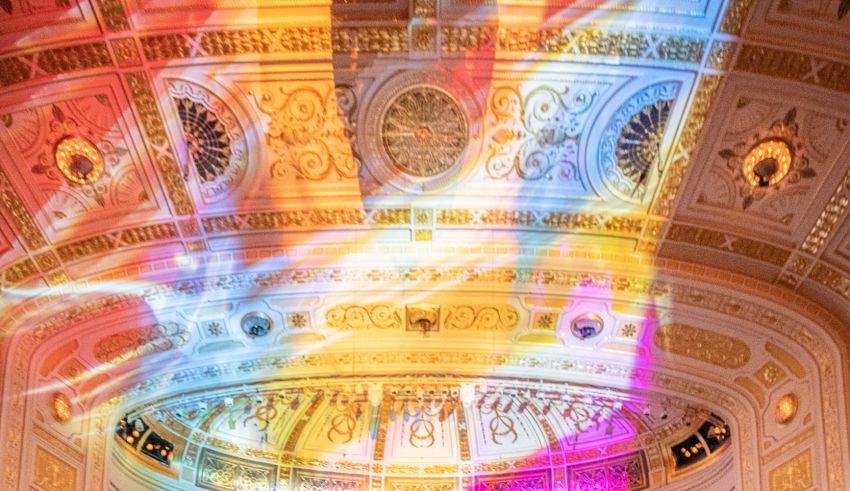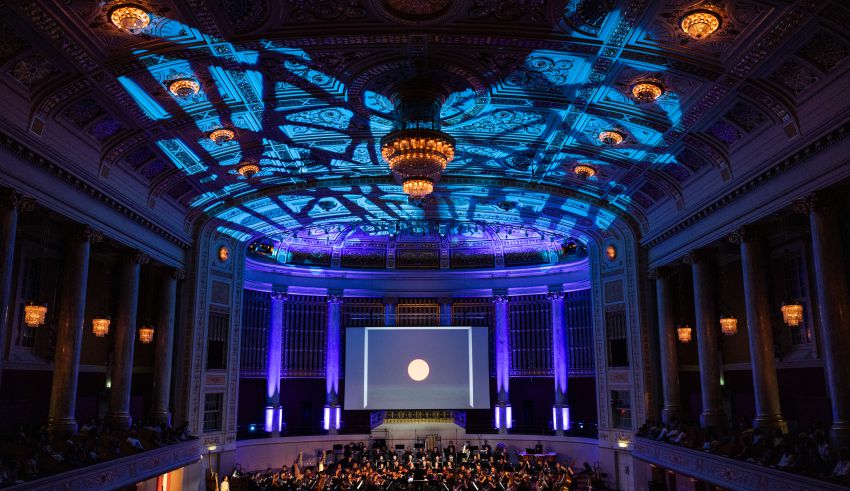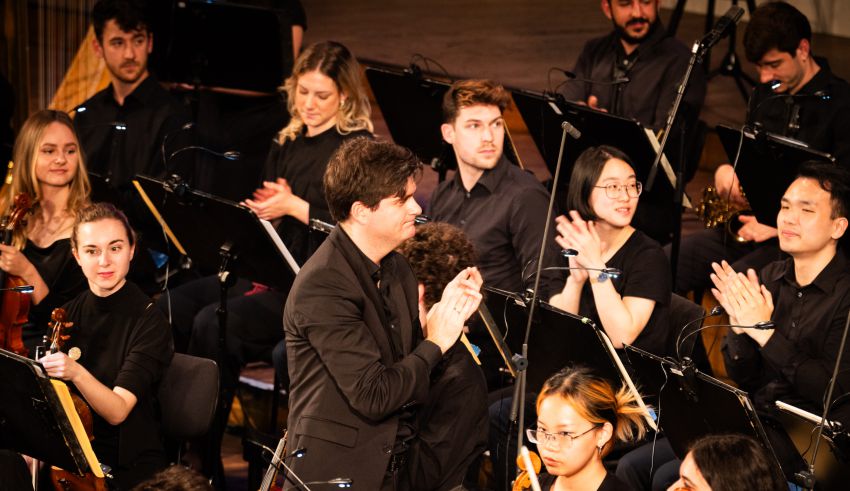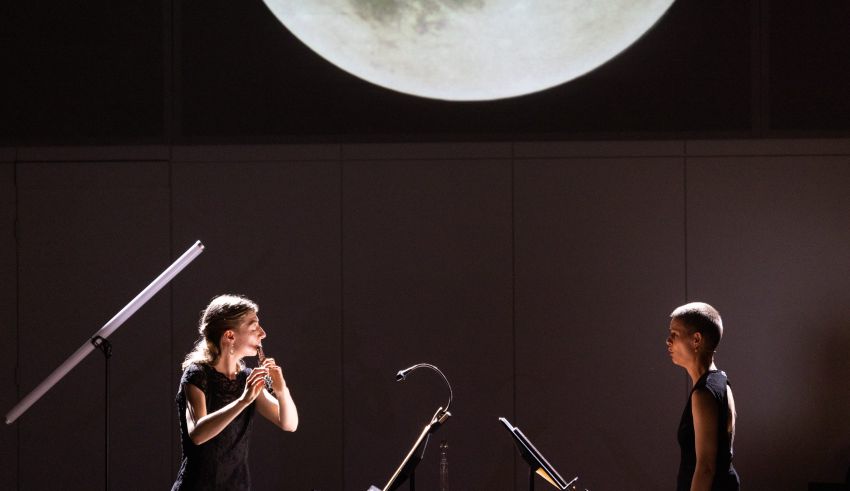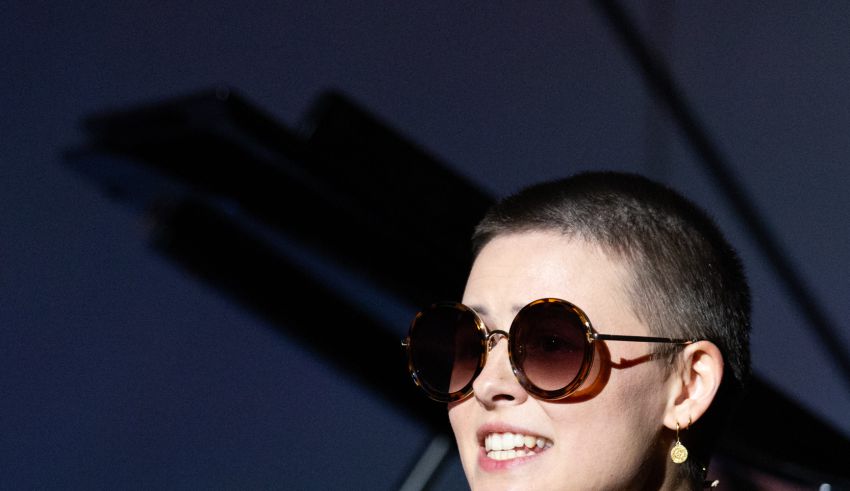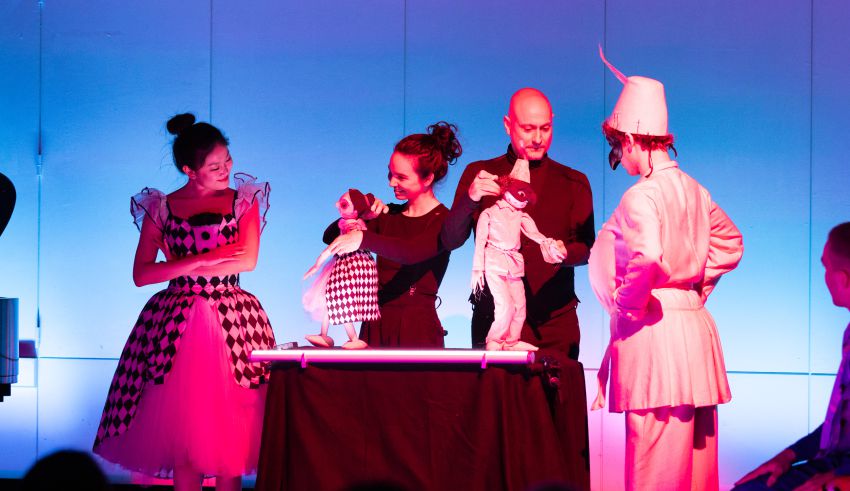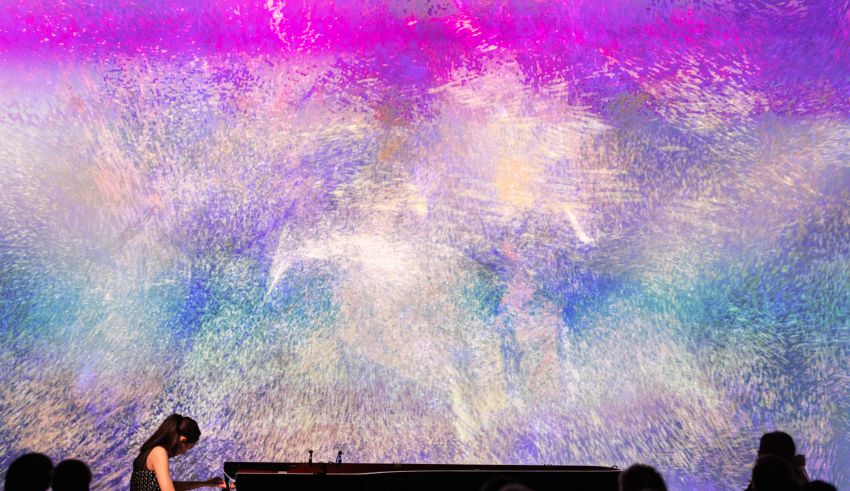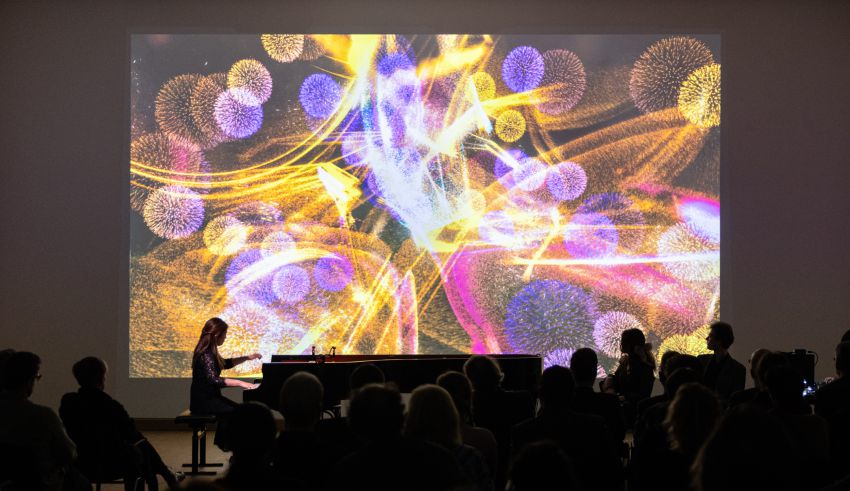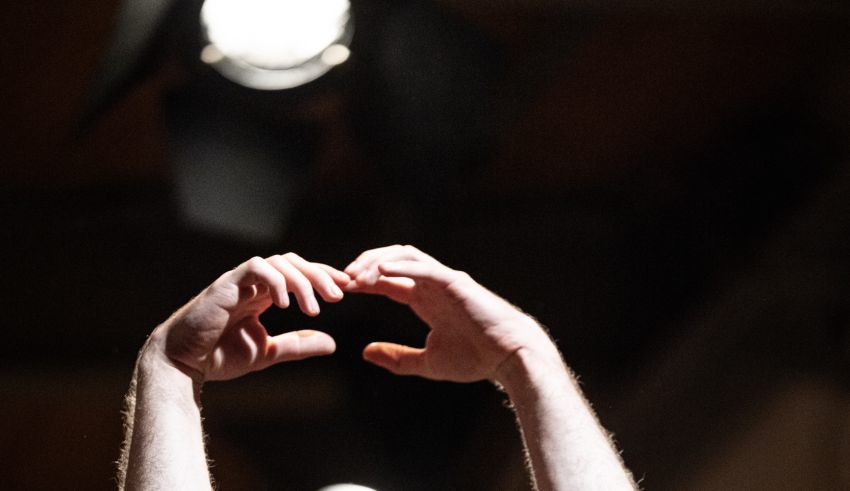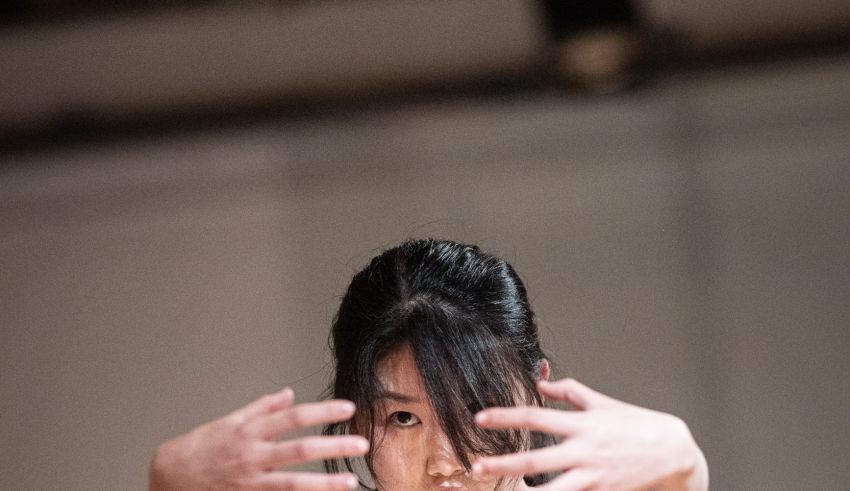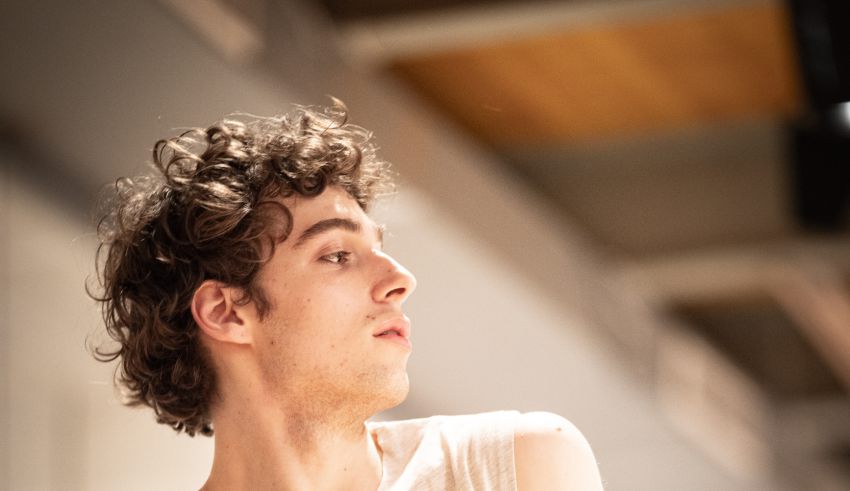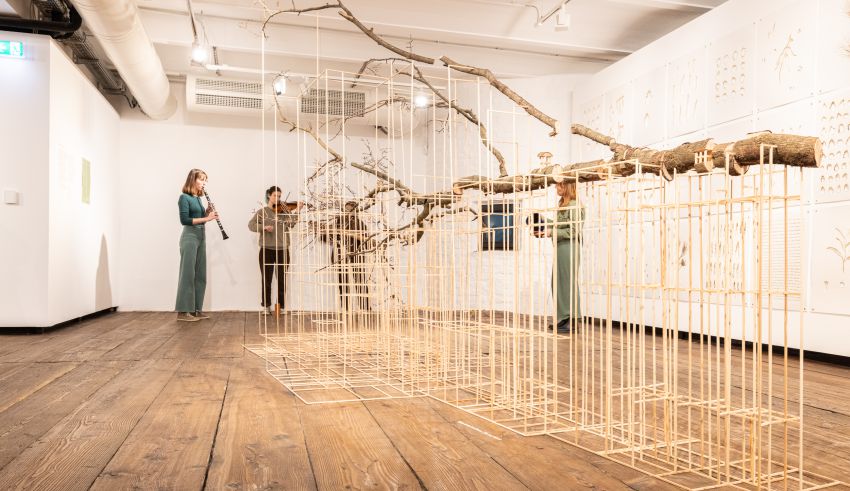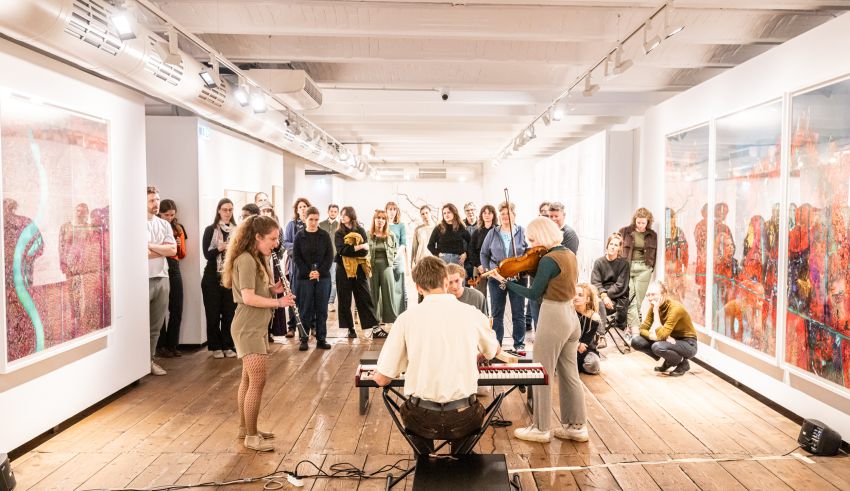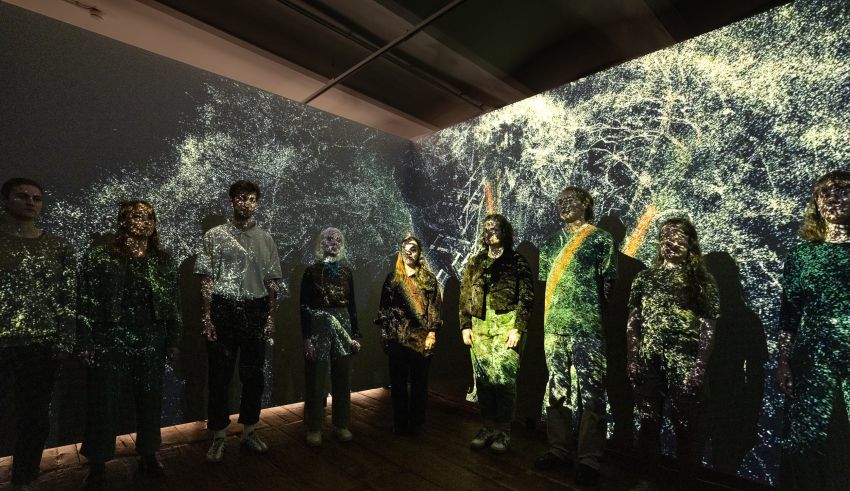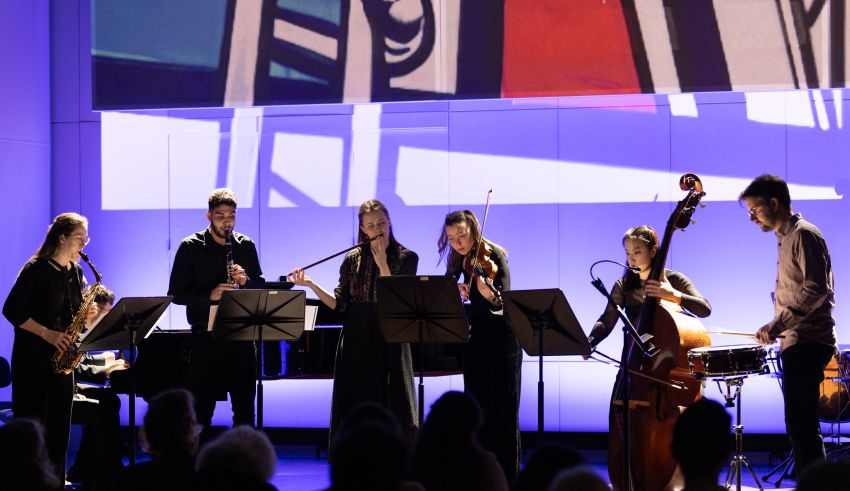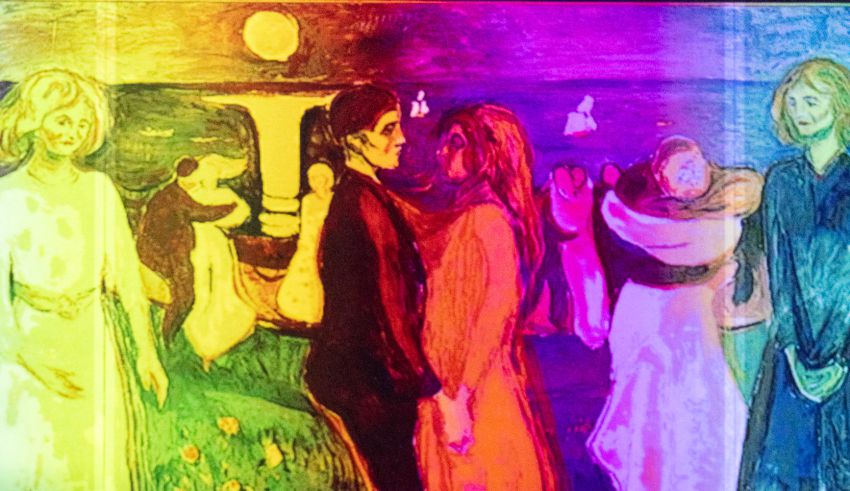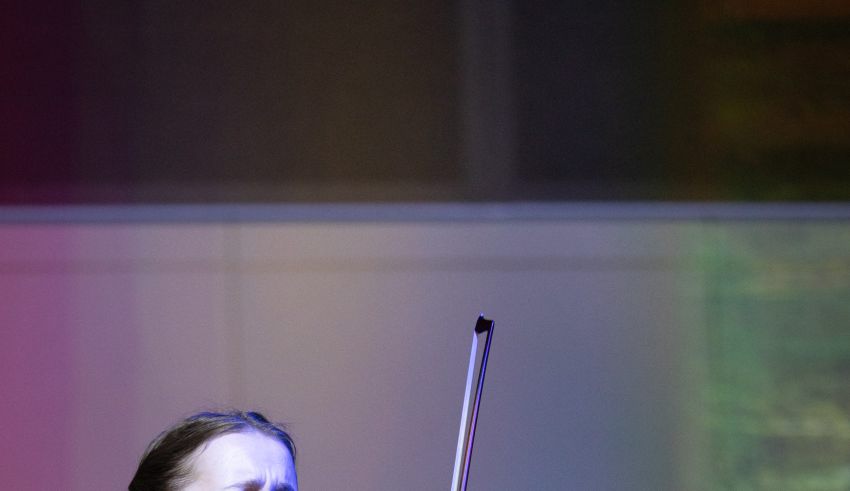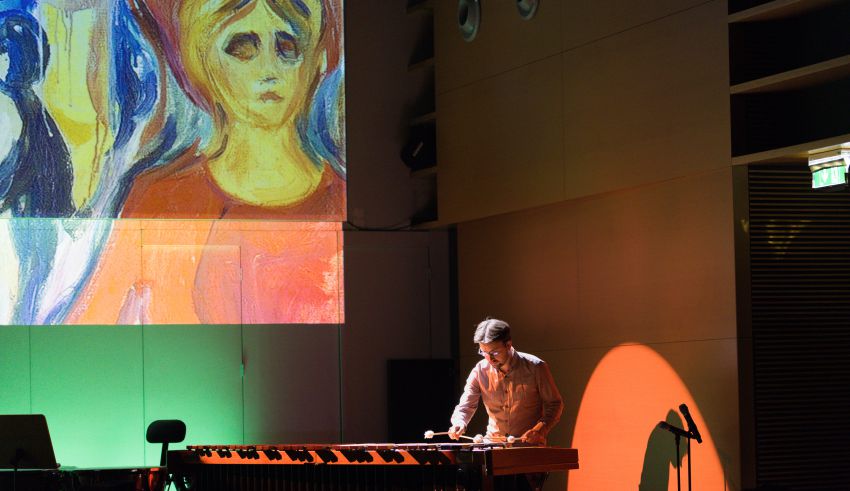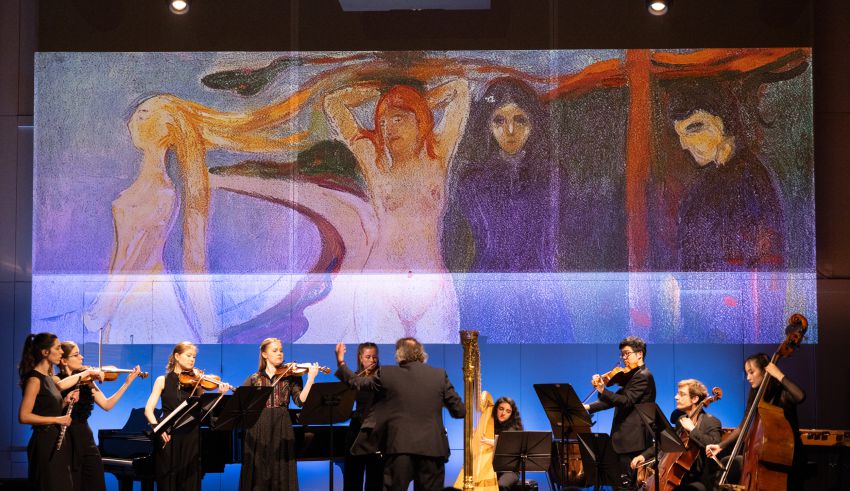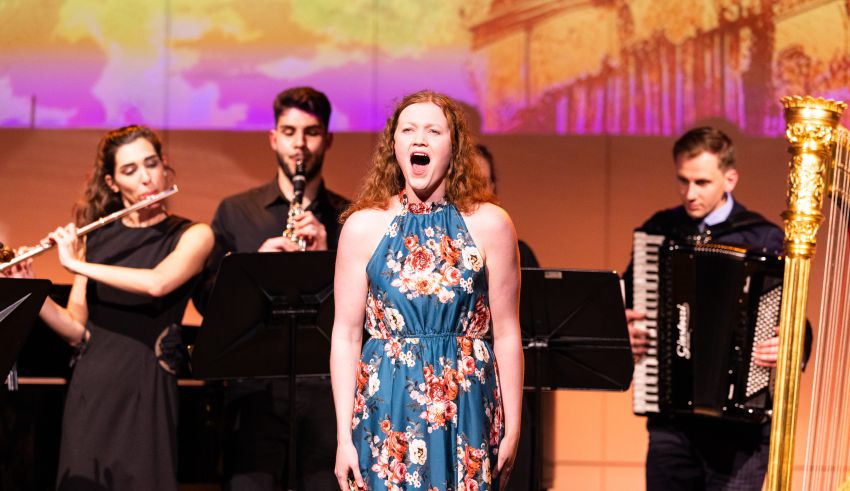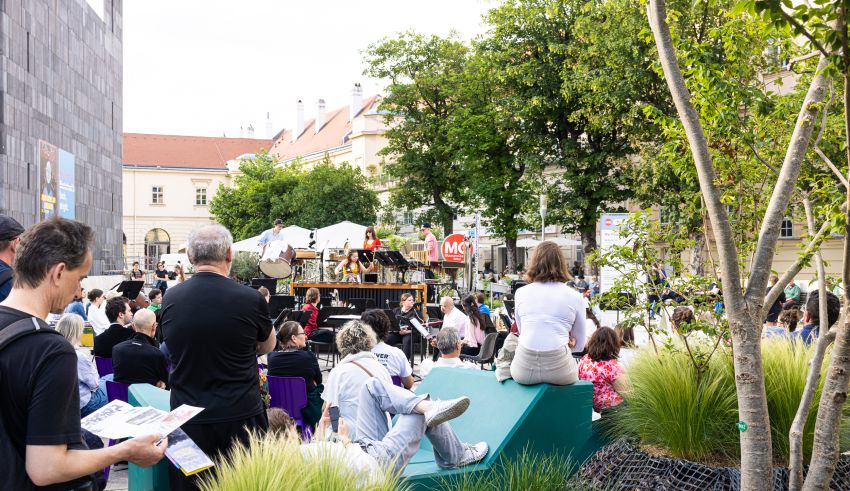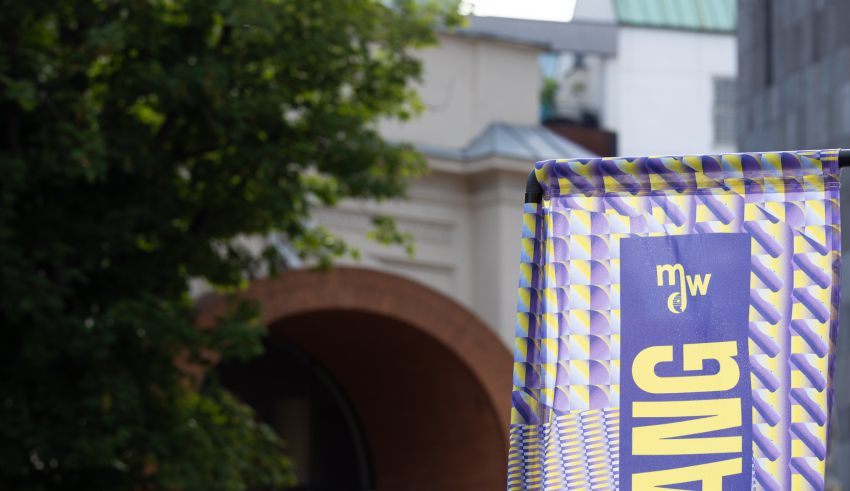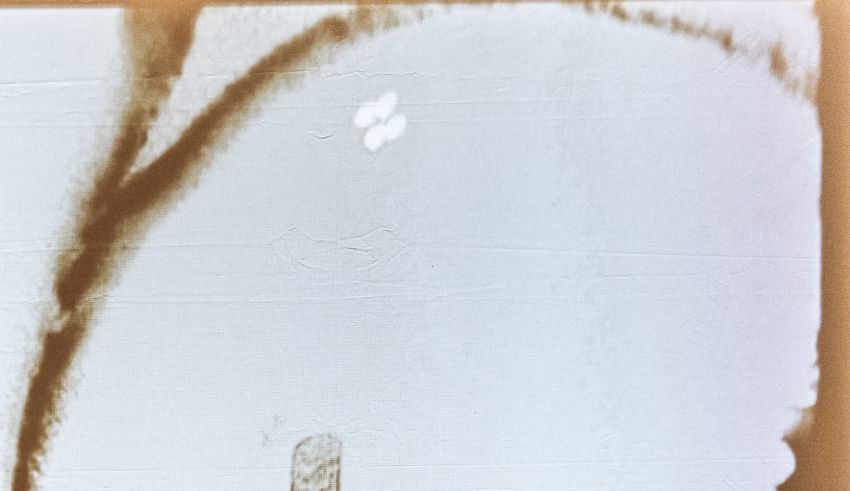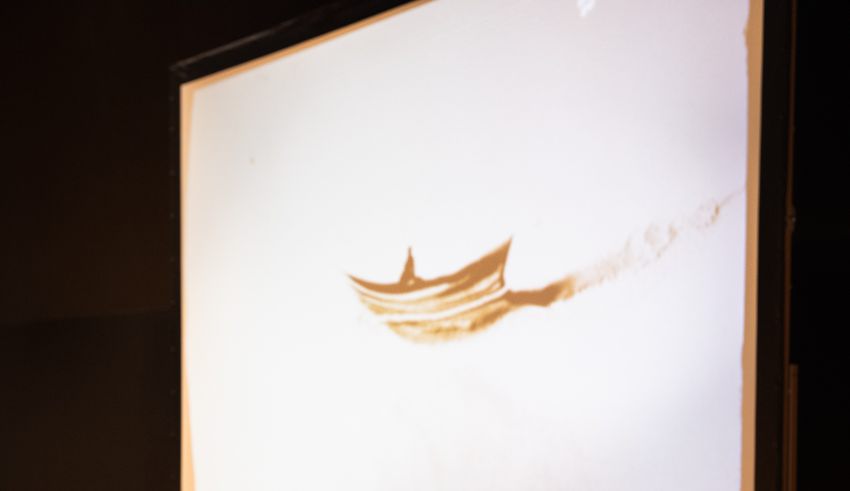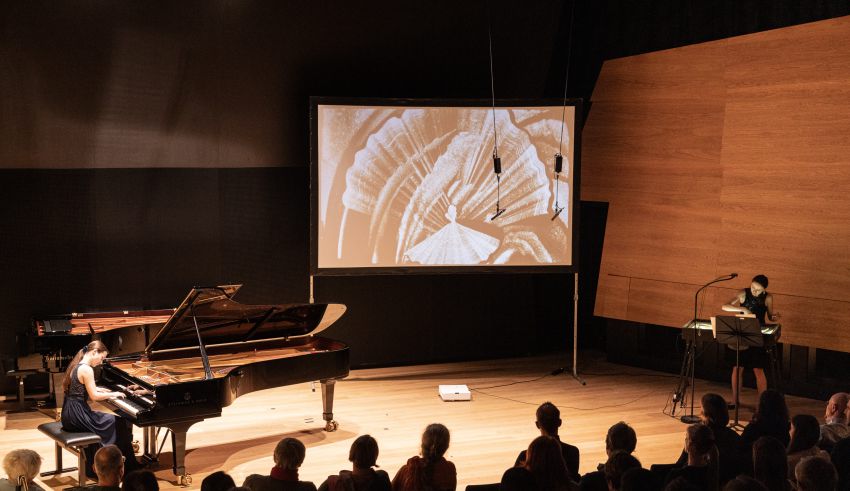Can sounds become visible to the naked eye? Are we capable of hearing images, colours, and motion? KlangBildKlang, a festival that ran from May to June of this year, saw mdw students and teaching faculty join hands with the public to get to the bottom of these and other questions. Consistently in focus was music’s interaction with fine art, architecture, acting, dance, digital animation, and artificial intelligence—and with around 6,000 visitors to over 50 events, this festival was a successful one indeed.
A central objective of KlangBildKlang was to enable low-threshold access—above all for a young audience—to formats where sound and forms of visual portrayal interface. An experimental baby opera at the Haus der Musik, for instance, enabled infants and toddlers up to age two plus their accompanying adults to give themselves over to an immersive musical experience with resonating objects and dynamic lighting. School students from Vienna’s Schulzentrum Spalowskygasse, on the other hand, took part in workshops and performances given by mdw faculty and students that included a workshop by the inclusive mdw ensemble ClassicAll.

As part of the first “Klima Biennale Wien”, an exhibition and festival themed on climate change, mdw students performed “change concerts” relating to the artworks being shown on the grounds of the former Nordwestbahnhof railway station as well as at Kunst Haus Wien. The Museumsquartier (MQ), already a tried-and-true mdw event location, was likewise a venue of KlangBildKlang. There, Film Academy Vienna students presented films on the topic of music and sound in the main courtyard, which also witnessed a creative performance amidst the architecture of the MQ entitled “Sound Meets Space” and presented by the mdw Percussion Ensemble and Symphonic Wind Orchestra.

The atmospheric conclusion of KlangBildKlang came in the form of a family concert at the Wiener Konzerthaus with Modest Mussorgsky’s Pictures at an Exhibition performed in Maurice Ravel’s arrangement by the Webern Symphonieorchester under the baton of Fedor Rudin, professor of orchestral studies at the Fritz Kreisler Department of String Instruments, Harp and Guitar. This programme was particularly well suited to music mediation: painter Wassily Kandinsky once used Mussorgsky’s work as a musical model for stage scenery—meaning that he “translated” the music into pictures. As a synaesthete, Kandinsky was able to perceive sounds as colours, shapes, and motion. And at this final concert, digitally processed and animated paintings by Kandinsky complemented the captivating orchestral music. This concert was also enriched by mdw student compositions—two of which were given their world premières here, while the other two had been premièred the day before. These student works had been created for a composing competition initiated with KlangBildKlang in mind. In accordance with the festival’s aspiration to connect art forms and institutions, digital design students of the St. Pölten University of Applied Sciences worked together with the mdw students to develop fitting visualisations of their composed works. Prior to the concert, children were given opportunities to experiment musically and visually in workshops as well as try out instruments under the supervision of mdw students. What’s more, the previous day had seen school classes take part in specially conceived concerts and workshops at the Konzerthaus.

The festival also enabled the mdw to make its debut appearances at new performance venues including CAPE 10 (a health and social centre in Vienna’s 10th district), the Alte Schiebekammer (an event centre in the 15th district that was once part of a municipal service reservoir), and the Badeschiff (a permanently moored riverboat on the Danube Canal). And at residential facilities run by the charitable organisation Caritas, concerts and workshops were held for the occupants.
With KlangBildKlang, the mdw’s missions of placing various art forms in dialogue, initiating deeper collaboration between educational and cultural institutions, and addressing a broad audience were once again impressively served.
You can read the magazine special on KlangBildKlang here.

